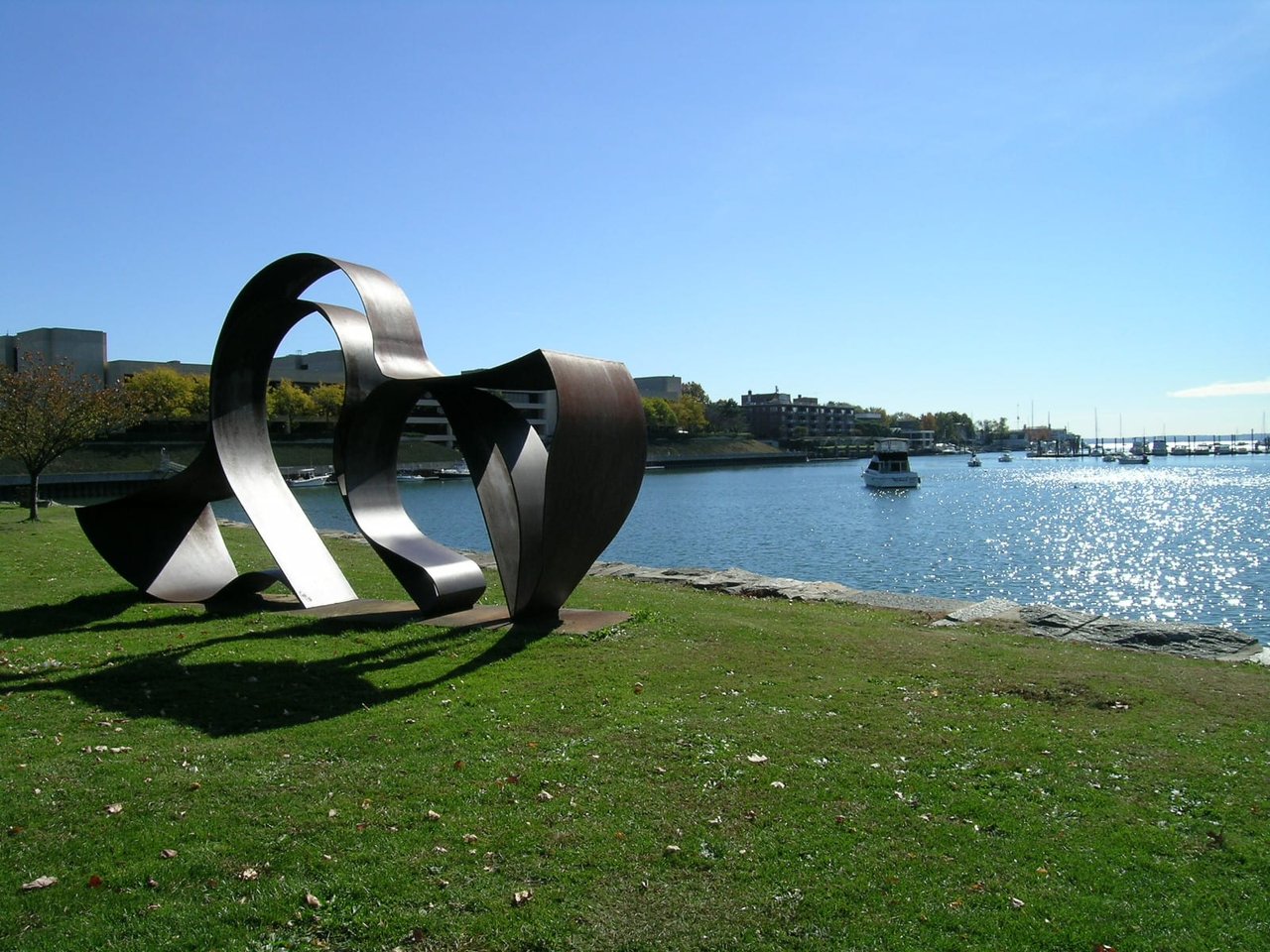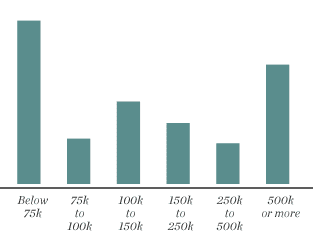

For its first 200 years, the acquisition and cultivation of farmland were the major enterprises of residents, although grist mills signaled the beginnings of local industry, and active shipping was conducted from the Mianus River. The relative calm of these years was broken by the Revolutionary War. Greenwich was a garrison town that experienced occupation by both British and American armies as well as raids from “irregulars.” The seven-year-long war fought on the roads and farms of Greenwich, which destroyed homes, crops, and human lives is an important part of the town’s history. The coming of the railroad in 1848 marked a significant improvement in transportation and brought increasing numbers of new residents to Greenwich. The Irish came to work on the railroad and settled close to Greenwich Avenue, the town center. In an adjacent neighborhood called Chickahominy, Italian stonemasons congregated to be near the Byram quarries. Other Italians settled further east in North Mianus where they worked in the Mianus Woolen Mill.
The Germans went to Byram, then known as East Port Chester, and found work in the Abendroth Foundry. Glenville, on the Byram River, attracted Poles who worked in the felt mill and Russell Burdsall & Ward, manufacturers of nuts and bolts. Each of these areas developed as distinct neighborhoods that have continued to be home to second and third-generation descendants. Greenwich also became a resort, catering to New Yorkers wishing to escape the city for the summer. Along the shore, hotels were erected to house, feed and entertain these visitors. Many decided to build homes in Greenwich, creating such areas as Belle Haven, Field Point Park, Byram Shore, and Rock Ridge. People with easily recognizable names—Benedict, Bruce, Converse, Gimble, Havemeyer, Mallory, Milbank, Rockefeller, and Teagle—amassed large landholdings where they built the estates for which Greenwich is now famous. These families became great benefactors to the new community. Greenwich bounded into the 20th century with yet another improvement in transportation; the trolley from Rye to Stamford connected Greenwich from west to east with a convenient, in-town service. The automobile then took precedence after the First World War. In 1938, the Merritt Parkway cut through the northern section of Greenwich, followed in 1957 by I-95 to the south. Once again, new arrivals swelled the population of Greenwich. This time, the newcomers were the employees of corporations leaving New York City for suburban headquarters.
While the beginning of the 20th century saw the creation of great land estates, the post-World War II period witnessed their dissolution into smaller building lots that accommodated the new residents. Growth and development brought about the reorganization of town government, the consolidation of the school system, and the establishment of a network of independent, non-profit organizations, which supply the town with its social services and cultural institutions. The second half of the century saw a growing concern in Greenwich for protecting its heritage, resulting in the creation of two local historic districts, 23 buildings and areas listed on the National Register of Historic Places, and the acquisition of undeveloped land as park and conservation areas. Greenwich is a special place to its residents who work hard as volunteers on its behalf.
Household Incomes

Housing Stock

Median Sale Price
August, 2021
3.4% since July, 2021
-1.4% since August, 2020
| August, 2021 | July, 2021 | August, 2020 | |
|---|---|---|---|
| MEDIAN SALE PRICE | $2,062,500 | -6.2% | 20.6% |
| AVERAGE SALE PRICE | $2,109,063 | 9.3% | 13.1% |
| HOMES SOLD | 16 | 14.3% | 128.6% |
| AVERAGE DAYS ON MARKET | 56 | 5.7% | -61.9% |
| % OF SALE PRICE TO LIST PRICE | 98.16 | -0.4% | 1.4% |
| HOMES FOR SALE | 27 | -10.0% | -41.3% |
| MONTHS OF INVENTORY | 1.69 | -21.3% | -74.3% |
39,575 people live in Greenwich, where the median age is 45.1 and the average individual income is $132,738.093. Data provided by the U.S. Census Bureau.
Total Population
Median Age
Population Density
Average individual Income
There's plenty to do around Greenwich, including shopping, dining, nightlife, parks, and more. Data provided by Walk Score and Yelp.
Explore popular things to do in the area, including El Callejon, The Makerie Cafe, and Kids U.
| Name | Category | Distance | Reviews |
Ratings by
Yelp
|
|---|---|---|---|---|
| Dining | 3.89 miles | 5 reviews | 5/5 stars | |
| Dining | 3.33 miles | 5 reviews | 5/5 stars | |
| Active | 4.79 miles | 11 reviews | 5/5 stars | |
| Active | 2.87 miles | 7 reviews | 5/5 stars | |
| Beauty | 2.52 miles | 8 reviews | 5/5 stars | |
| Beauty | 4.58 miles | 5 reviews | 5/5 stars | |
| Beauty | 2.65 miles | 7 reviews | 5/5 stars | |
|
|
||||
|
|
||||
|
|
||||
|
|
||||
|
|
||||
|
|
Greenwich has 14,638 households, with an average household size of 5.39. Data provided by the U.S. Census Bureau. Here’s what the people living in Greenwich do for work — and how long it takes them to get there. Data provided by the U.S. Census Bureau. 39,575 people call Greenwich home. The population density is 1,356.026 and the largest age group is Data provided by the U.S. Census Bureau.
Total Population
Population Density Population Density This is the number of people per square mile in a neighborhood.
Median Age
Men vs Women
Population by Age Group
0-9 Years
10-17 Years
18-24 Years
25-64 Years
65-74 Years
75+ Years
Education Level
Total Households
Average Household Size
Average individual Income
Households with Children
With Children:
Without Children:
Blue vs White Collar Workers
Blue Collar:
White Collar: